A Guide to Alternative Cancer Treatments in Mexico
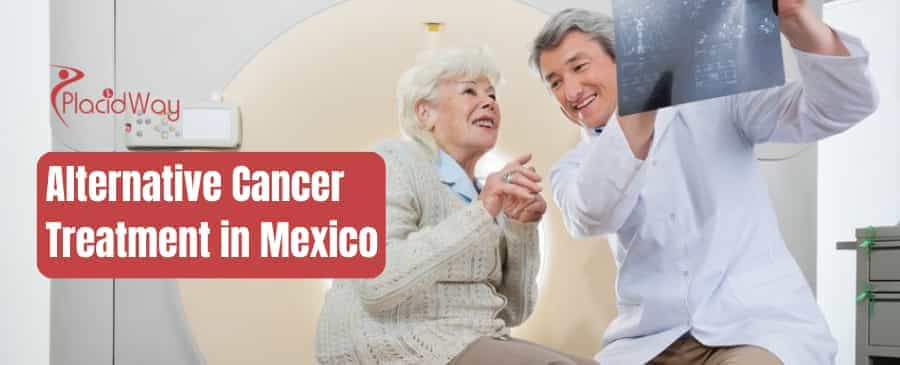
For individuals and families exploring every possible avenue in the fight against cancer, Mexico has emerged as a prominent destination for alternative and integrative treatments. Offering therapies that are often not available or approved in the United States and other countries, clinics in cities like Tijuana provide a different approach to healing. But with a wide array of options, the crucial question many ask is, “What are the best alternative cancer treatments in Mexico?” The answer is complex, as the “best” treatment is highly personal and depends on the specific type of cancer, the patient’s overall health, and their treatment philosophy.
This comprehensive guide will walk you through the most common and sought-after alternative cancer treatments available in Mexico, helping you understand your options in this intricate landscape.
What is integrative cancer treatment in Mexico?
"In Mexico, integrative cancer treatment refers to a patient-centered approach that combines conventional medical therapies (like low-dose chemotherapy) with a range of alternative and complementary therapies designed to boost the immune system, detoxify the body, and improve overall well-being."
Unlike a purely alternative approach that rejects conventional medicine, integrative oncology clinics in Mexico aim to use the best of both worlds. The goal is to attack the cancer from multiple angles while supporting the patient's strength and quality of life. This holistic model often includes personalized nutrition plans, emotional and spiritual support, and therapies that target the cancer's metabolic weaknesses.
What is Immunotherapy in Mexico?
"Immunotherapy in Mexico involves various treatments designed to harness and amplify the power of the patient's own immune system to identify and destroy cancer cells. These therapies are often more advanced or experimental than what is currently approved by the FDA."
Many clinics in Mexico specialize in cutting-edge immunotherapy protocols. These are not a one-size-fits-all treatment; they are highly personalized.
- Natural Killer (NK) Cell Therapy: This involves extracting a patient's own NK cells, activating and multiplying them in a lab, and then reinfusing them into the body in a much larger, more potent army to fight the cancer.
- Dendritic Cell Therapy: This is a type of cancer vaccine created from the patient's own immune cells. Dendritic cells are "teacher" cells that are exposed to the patient's specific cancer antigens in a lab. When reintroduced, they teach the rest of the immune system to recognize and attack the cancer.
What is Metabolic Cancer Therapy?
"Metabolic cancer therapy, a cornerstone of many Mexican clinics, is based on the idea that cancer cells have a unique metabolism that can be targeted. The goal is to create an internal environment in the body where cancer cannot thrive, often through strict diets, supplements, and detoxification."
This approach focuses on starving cancer cells of the fuel they need to grow, primarily glucose.
- The Gerson Therapy: One of the most famous metabolic therapies, the Gerson Therapy involves a strict, plant-based organic diet, raw juices, and detoxification methods like coffee enemas. The aim is to flood the body with nutrients while aggressively detoxifying the liver.
- Ketogenic Diet: This high-fat, low-carbohydrate diet forces the body into a state of ketosis, where it burns fat for fuel instead of glucose. Since many cancer cells are heavily reliant on glucose, this is thought to hinder their growth.
What is Sonodynamic and Photodynamic Therapy?
"Sonodynamic Therapy (SDT) and Photodynamic Therapy (PDT) are non-invasive treatments that use sound or light waves to activate a sensitizing agent, which then selectively destroys cancer cells while leaving healthy tissue unharmed."
These therapies are seen as a gentle alternative to chemotherapy and radiation. A non-toxic sensitizer is administered to the patient, which naturally accumulates in cancer cells. For PDT, a specific wavelength of light is directed at the tumor. For SDT, a specific frequency of ultrasound is used. In both cases, the energy activates the sensitizer, causing a chemical reaction that kills the cancer cells.
How does Hyperthermia work?
"Hyperthermia therapy involves heating body tissue to high temperatures (up to 113°F or 45°C) to damage and kill cancer cells. It is believed that cancer cells are more susceptible to heat than healthy cells."
Hyperthermia is rarely used alone and is typically combined with other treatments like low-dose chemotherapy or radiation, as the heat can make cancer cells more sensitive to these therapies. It can be administered locally to a specific tumor or to the whole body.
What are High-Dose IV Vitamin C and Ozone Therapy?
"High-dose intravenous (IV) Vitamin C and Ozone Therapy are oxidative therapies used in many Mexican cancer clinics. They are believed to create an oxygen-rich environment in the body that is hostile to cancer cells and supportive of immune function."
When administered intravenously in very high doses, Vitamin C interacts with iron and other metals to produce hydrogen peroxide, which is thought to be selectively toxic to cancer cells. Similarly, Ozone Therapy, which involves introducing a mixture of ozone and oxygen into the body, is intended to increase oxygenation, stimulate the immune system, and create an anti-cancer effect.
Are alternative cancer treatments in Mexico safe?
"The safety of alternative cancer treatments in Mexico depends heavily on the chosen clinic's standards, ethics, and adherence to regulations. Reputable clinics are licensed by Mexico's health authority, COFEPRIS, and operate with board-certified physicians and high standards of care."
It is crucial to do thorough research. While many clinics are legitimate and prioritize patient safety, the field of alternative medicine can attract unscrupulous actors. Look for transparency, licensed doctors, and a willingness to share patient data and protocols. Be wary of any clinic that guarantees a "cure."
What are the success rates of these treatments?
"Success rates for alternative cancer treatments in Mexico are not tracked in the same way as conventional treatments and are a subject of much debate. Clinics often rely on patient testimonials and internal data, as large-scale, peer-reviewed studies are typically lacking."
Success is also defined differently by each patient. For some, it means complete remission. For others, it means slowing the cancer's progression, improving quality of life, or outliving a grim prognosis. It is vital to approach claims with a healthy dose of skepticism and to seek out firsthand accounts from a variety of sources.
How much do these treatments cost in Mexico?
"The cost of a comprehensive alternative cancer treatment program in Mexico can range from $20,000 to $50,000 USD for a typical three-week program. The final cost depends on the specific therapies included in the personalized plan."
This price often includes the treatments, doctor consultations, basic accommodations, and meals. While this is a significant expense, it is often considerably less than the cost of ongoing conventional treatments, especially experimental ones, in the United States. Most of these treatments are not covered by insurance.
Exploring cancer treatment options can be overwhelming. PlacidWay can help you connect with leading integrative cancer centers in Mexico to explore personalized treatment plans that align with your needs. Discover your options today.


.png)
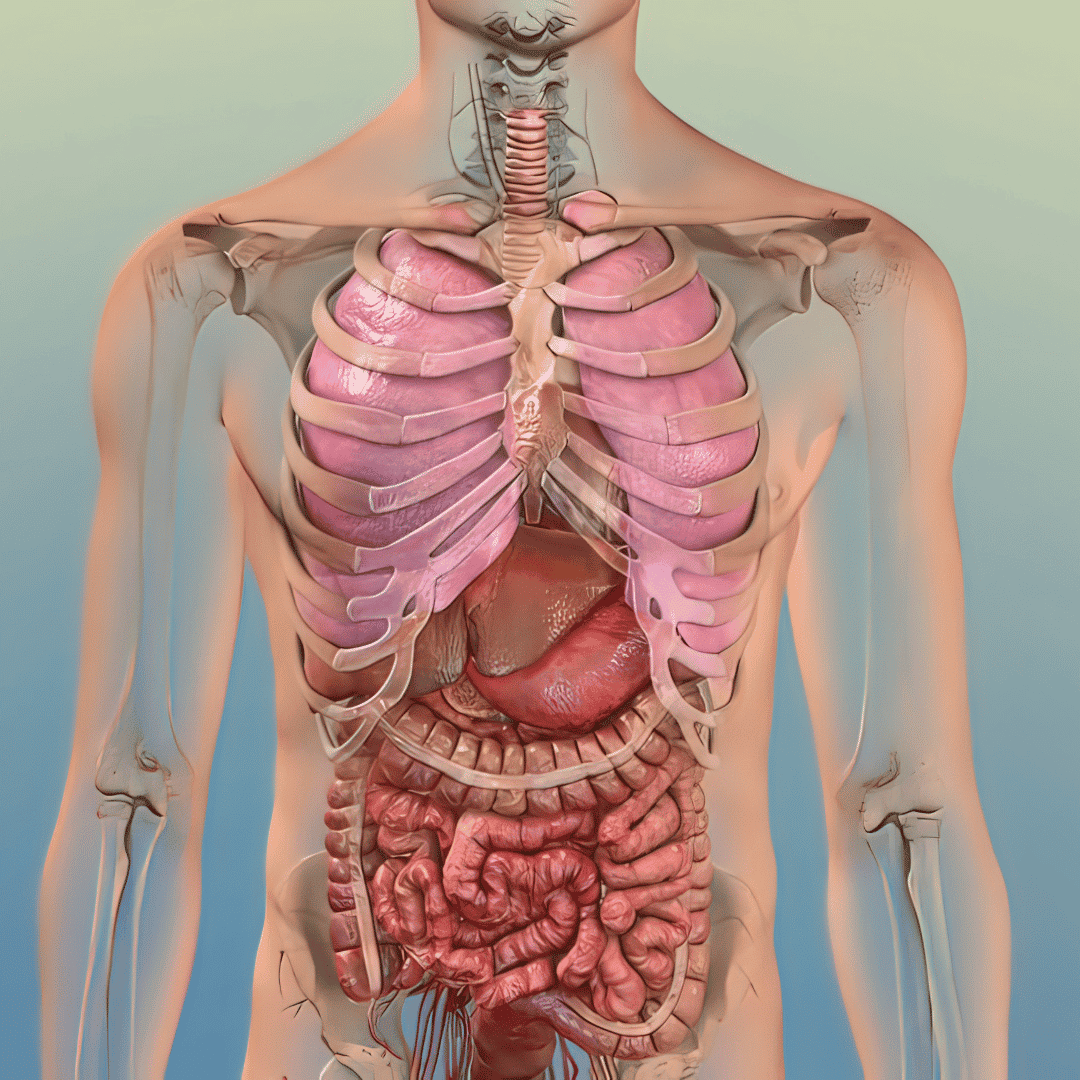
.png)

.png)




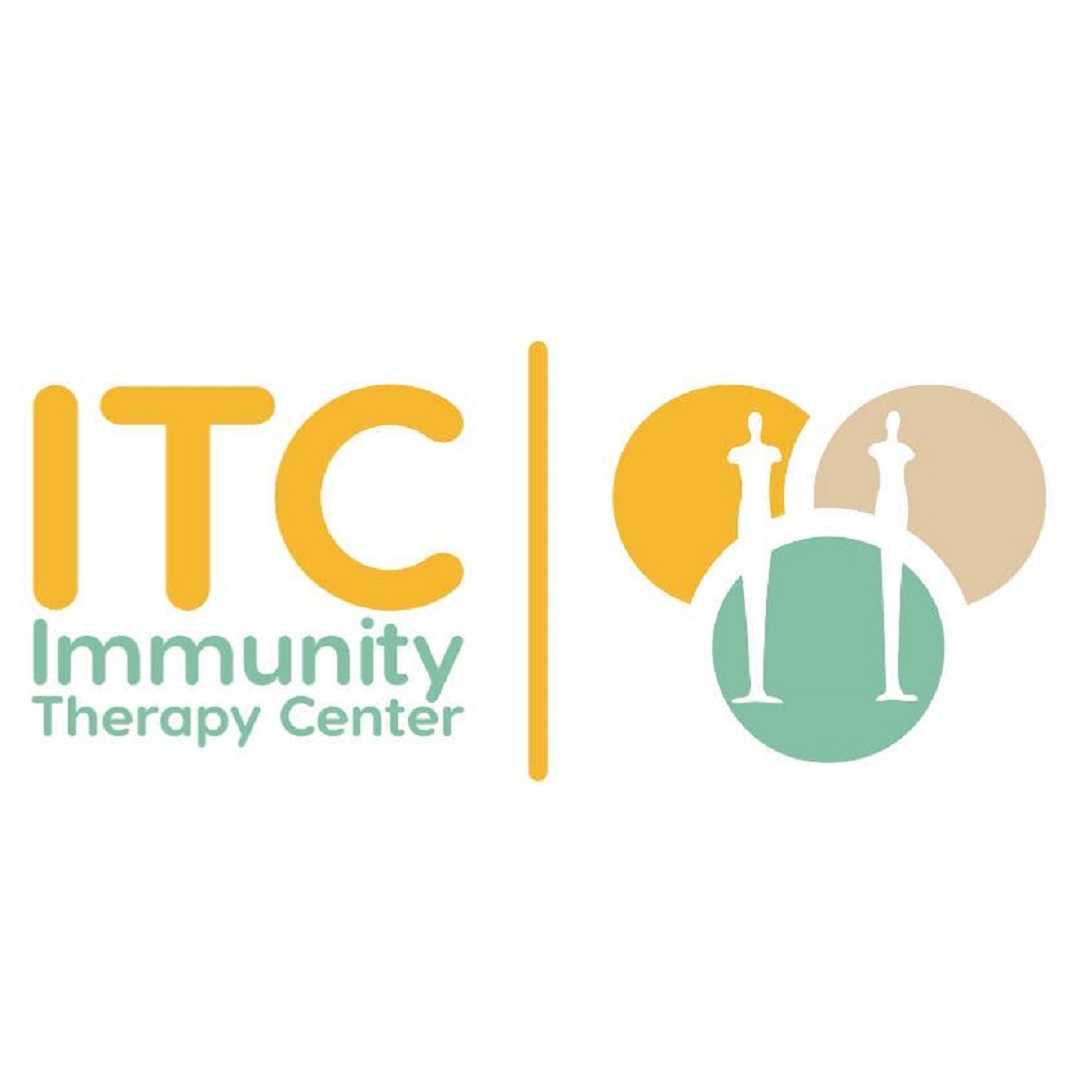
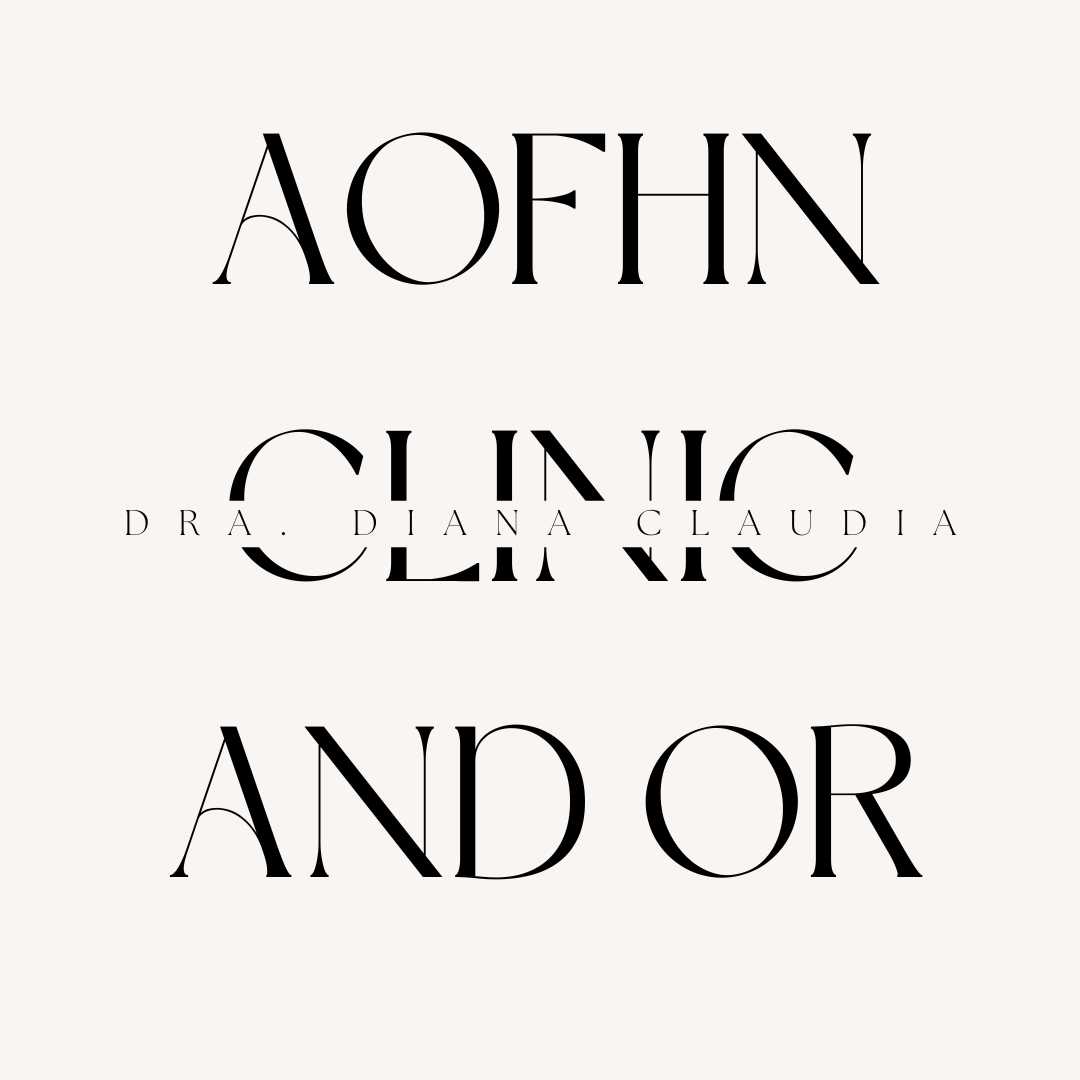

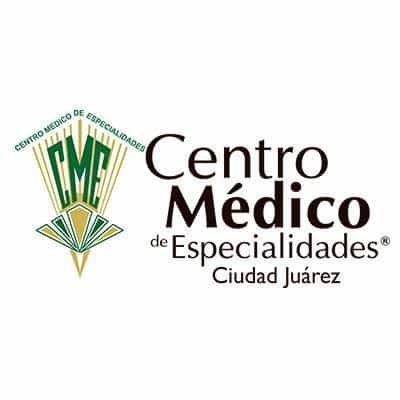
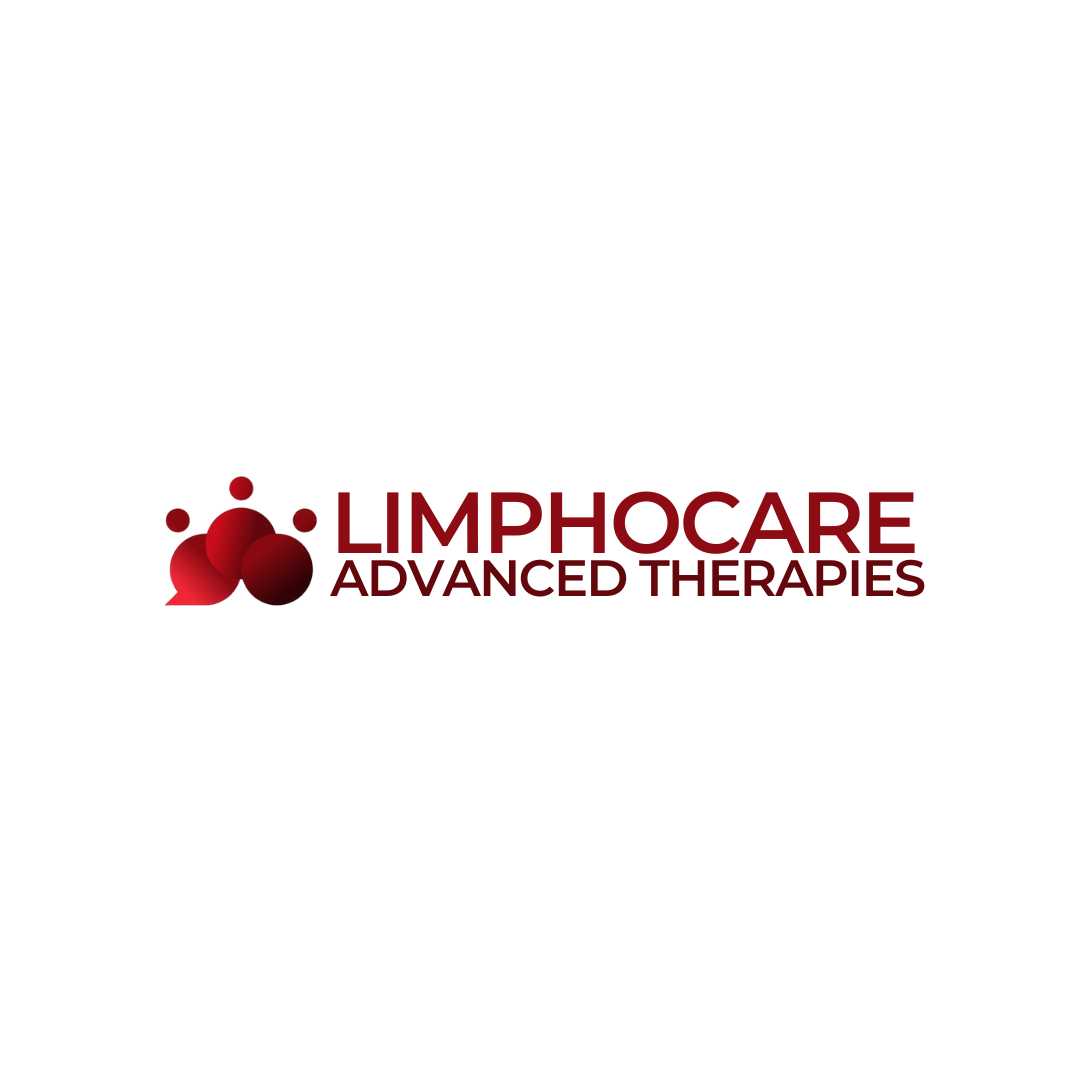

Share this listing